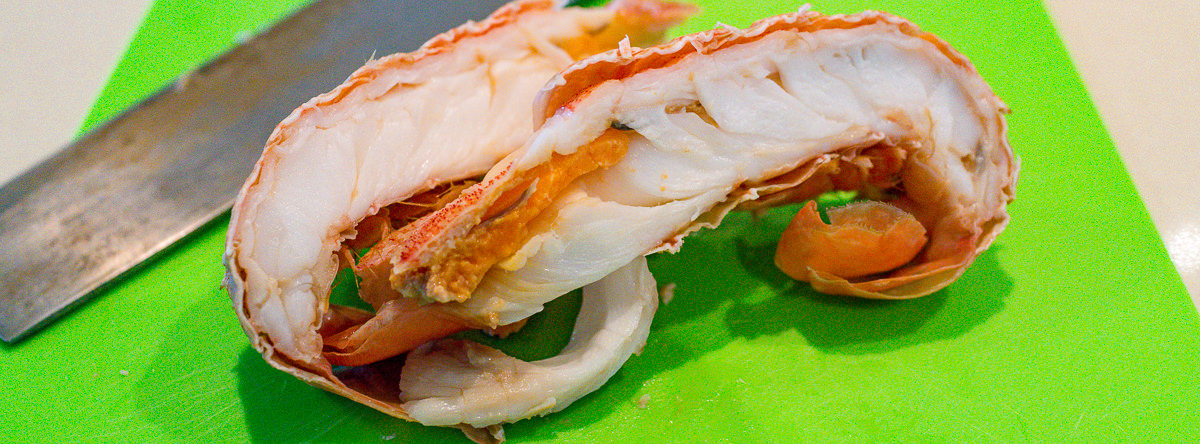Hello Reader,
I’ve modified a recipe from Sally of Bewitching Kitchen for what she describes as Korean barbecue chicken. Thanks to Eha for sharing the recipe with me.

Recipe
Equipment
- Immersion circulator
- Water bath
- Toaster oven
Ingredients
- Chicken wings
- Gochujang sauce(Ramalingam, Bahuguna et al. 2022)
- Dark soy sauce
- Honey
- Toasted sesame oil
- Salt
- Mayonnaise
Instructions
- Mix the ingredients for the marinade.
- Add the chicken and coat each piece with the marinade
- Seal the marinaded wings in a vacuum bag.
- Refrigerate from 2 hours to overnight.
- Cook in a water bath at 64 °C for 2 hours.
- Remove the chicken from the bag and place it under a grill (toaster oven) for a few minutes to evaporate the excess liquid and caramelisation.
- Serve with whatever you like. I drizzled some mayonnaise and enjoyed the wings with some avocado one night and with a salad the next night.
Thoughts on the meal
This is the first time I’ve tried Gochujang paste with anything. It was good. I think these wings would be good to enjoy while watching the footy on a Friday night.
I bought ten chicken wing nibbles and divided them into two batches of five. I cooked both batches simultaneously and kept one for an extra night. I put the leftover batch into a moderate oven for 15 minutes and enjoyed them with some lettuce and tomatoes plus the mayonnaise.
Photographs






References
Ramalingam, S., et al. (2022). “Physicochemical, Microbial, and Volatile Compound Characteristics of Gochujang, Fermented Red Pepper Paste, Produced by Traditional Cottage Industries.” Foods 11(3).
Gochujang, fermented red pepper paste, is a grain-based traditional Korean food. The quality of gochujang produced by cottage industries is not well-documented. Thus, the present study aimed to analyze the quality of gochujang from 35 traditional cottage industries for physicochemical and microbial characteristics, along with volatile compound contents. In addition to microbial characteristics, salinity, pH, free amino nitrogen, and alcohol content were evaluated. Ethanol was detected as the predominant alcohol and 57% of tested gochujang products harboured>1% of total alcohol content, which was above the recommended level for halal products. Gochujang products contained hexadecanoic and linoleic acids predominantly and several volatile compounds belonging to the classes of alcohols, aldehydes, alkanes, nitrogen-containing compounds, and terpenes. A wide range of aerobic mesophilic bacteria (2.79-8.73 log CFU/g) and yeast counts (1.56-7.15 log CFU/g) was observed. Five distinct yeast species were identified, including Zygosaccharomyces rouxii. Eight gochujang products were contaminated with Bacillus cereus (>4 log CFU/g). This study suggests a need to limit B. cereus contamination in cottage industry products and reduce the alcohol content to comply with halal food guidelines.


Brave soul, Gochujang is slightly too spicy for our digestion, Taste good though. 🙂
It did taste good brother
I’ve never tried gochujang before–I’ve seen it listed as an ingredient on restaurant menus, but I’ve never known what it was before–until your blog post–it sounds wonderful!
It’s worth a go, I reckon. I’m going to try the same meals with Hoisin instead and see what the difference tastes like to compare the Korean and Chinese pastes.
That looks delicious! My husband loves chicken wings. I can’t find Gochujang sauce where I am, though I’m sure it is available in the UK.
Thanks, Emma. I was able to buy it at my local supermarket. If you have a local Asian grocer, you may find it. While it is advertised as spicy, it’s not very hot.
Big smile ! Methinks both Sally and I will be pleased we have introduced you to gochujang . . . Korean cooking is varied, exciting and pretty healthy / . . perhaps you may delve into bibimpap or its relatives next . . . !
Yes, thanks to you and Sally for the introduction to Gochujang paste. I think it will be purchased regularly.